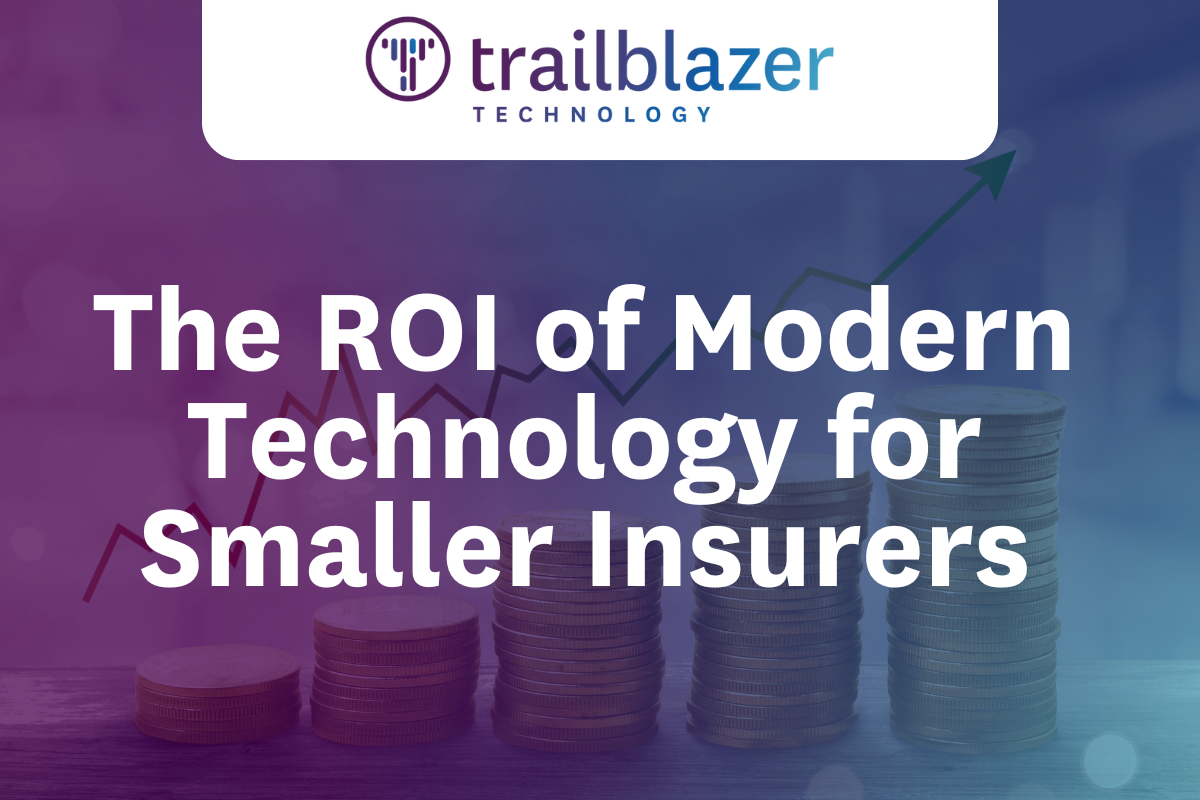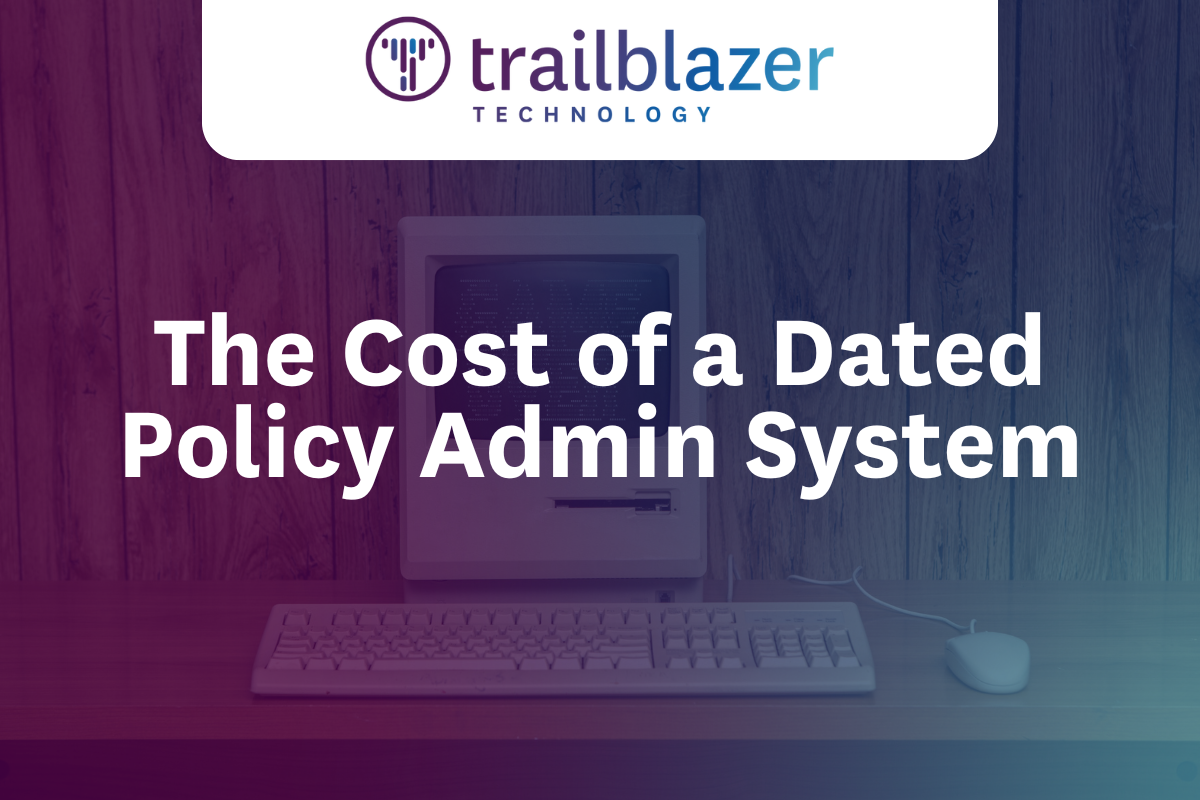2 min read
The ROI of Modern Technology for Smaller Insurers
You might think of "digital transformation" as a term for big companies, but for smaller insurers, it's a direct path to lasting growth and...
.png)
For a small insurer, daily operations can often feel like a juggling act. Your policy data lives in one system, your billing information is in another, your customer service notes are in a third, and your accounting is handled by a different software altogether. Each department works with its own set of tools, and the only way to connect them is through endless manual data entry and a mountain of spreadsheets.
This is what we call data silos, and they’re a major roadblock to efficiency and growth.
When data is fragmented and scattered across your business, it’s not just an inconvenience—it’s a serious problem. It leads to wasted time, costly errors, and a lack of a unified view of your business. Your customer service team might not see a recent payment, or your claims adjuster might be missing a crucial policy detail. The result? Confusion, frustration, and a poor experience for both your employees and your policyholders.
The solution isn’t to try and manage all these disparate systems better. The solution is to get them to talk to each other. A modern core policy system, built with an open architecture and robust API capabilities, creates a connected ecosystem that tears down those silos and turns your fragmented data into a single source of truth.
Don't let the technical term "API" intimidate you. Think of an API (Application Programming Interface) as a universal translator for software. It’s a secure channel that allows your core system to seamlessly communicate with other essential tools and data sources. This means your policy administration, billing, claims, and third-party applications can all work together in harmony, eliminating the need for manual data transfer.
Here’s how a connected ecosystem provides a powerful competitive edge for a small insurer.
The most immediate benefit of a connected ecosystem is the elimination of tedious, manual tasks. When your systems are integrated, data flows automatically from one to the next. For example, once a new policy is issued in your core system, that information is automatically pushed to your billing software and CRM. When a payment is made, it updates the policy record and the accounting ledger instantly. This automation reduces human error and frees up your valuable team members to focus on more strategic, high-value work, like building customer relationships and solving complex problems.
When your data is scattered, it’s impossible to get a full picture of your policyholders. A connected ecosystem changes that. It pulls all relevant information—policy details, billing history, claims status, and all communication notes—into a single, comprehensive profile. This means when a policyholder calls with a question, any employee can see their complete history at a glance. They can provide faster, more accurate service without putting the customer on hold or transferring them to another department. This unified view not only improves efficiency but also builds trust and strengthens relationships.
No two employees do the exact same job, and they shouldn't be forced to use the same tools. A modern core system with an open API allows you to integrate the specific applications your team relies on. A claims adjuster can have access to billing information within their claims management tool. A marketing professional can access key policyholder demographics directly from their email marketing platform. This ensures that every member of your team has exactly what they need to do their job effectively without constantly switching between screens or asking another department for data.
The insurance industry is constantly evolving, and a connected ecosystem helps you stay ahead of the curve. An open API architecture makes it easy to add new technologies to your stack without a major overhaul. Want to connect to a new data source for more accurate underwriting? Or maybe a new digital tool for customer engagement? With a modern core system, these integrations can happen quickly and seamlessly. This allows you to experiment, innovate, and adapt to new trends faster than competitors who are stuck with rigid, siloed systems.
Tearing down data silos isn’t just a technical upgrade; it's a strategic move that fundamentally changes how your business operates. It creates a unified, efficient, and intelligent organization that can respond to market demands with agility and provide a superior experience to its policyholders.
Ready to build a connected ecosystem and unleash your competitive edge? Contact us today to learn how our modern policy admin system and claims solution can help integrate your entire organization.

2 min read
You might think of "digital transformation" as a term for big companies, but for smaller insurers, it's a direct path to lasting growth and...

3 min read
Why Your Dated Policy Admin System is Costing You More Than You Think For a small insurer, your core system is a trusted tool. It’s been with you...
.png)
2 min read
Spring is in the air! It’s a time for renewal, fresh starts, and decluttering – not just your home, but your insurance operation, too. Just like a...